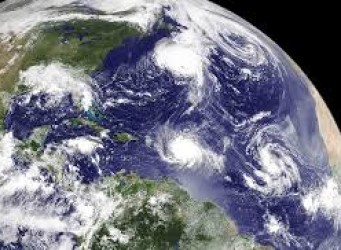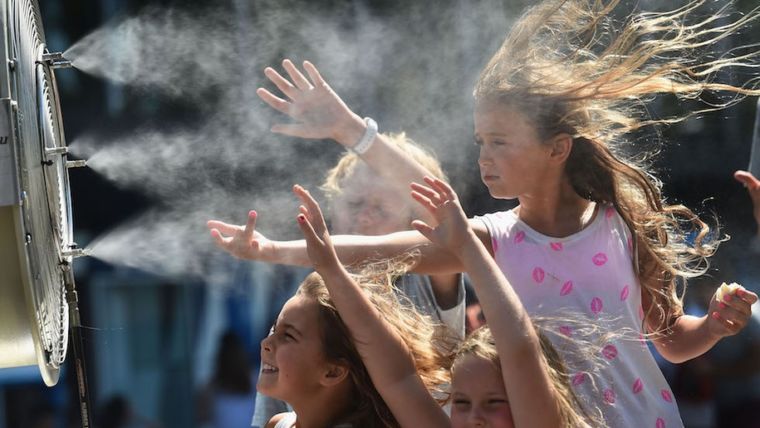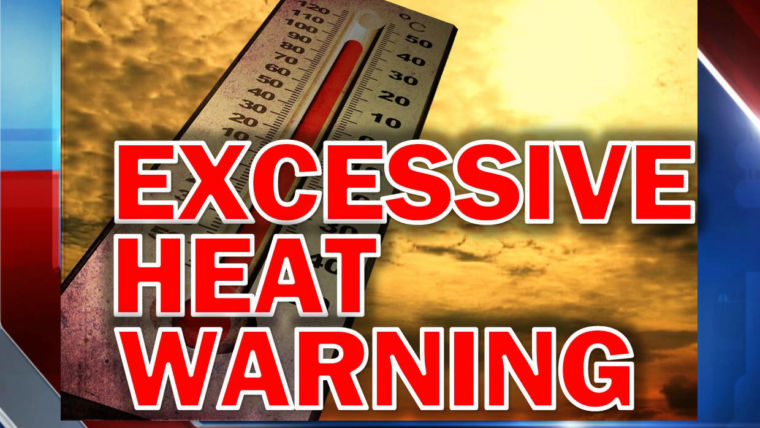The warming atmosphere is creating more and more weather turmoil and disasters. For those who decry what climate mitigation will cost they should consider the cost of NOT doing everything we possibly can to minimize the impact some of which is already baked into our future.
Of course it’s not just the direct cost of cleaning up after a disaster. There is the affiliated cost of lost business and productivity, health consequences (mental health and other types), increased insurance premiums and the cost of adaptation.
While we’re already getting a taste of what’s to come we also still have a chance to speed up the pace of change and thus avoid what will be the worst case scenario.
“Last year was the most expensive year on record for natural disasters with 16, resulting in the deaths of 360 people and costing more than $300 billion.
And this year is shaping up as another deadly, expensive year.”
Deadly, expensive start to 2018
A nor’easter pounded Northeastern states last month. NOAA
Last year was the most expensive year on record for natural disasters with 16, resulting in the deaths of 360 people and costing more than $300 billion.
And this year is shaping up as another deadly, expensive year.
There were three weather-related disasters in the first quarter, with each costing $1 billion or more, NOAA says in a forthcoming report.
There were a severe storm in the Southeast and two winter storms in the Central and Eastern regions that led to the deaths of at least 34 people, NOAA said.
In March, NOAA also found several climate anomalies.
Four nor’easters along the Atlantic coast brought heavy snow, strong winds and coastal flooding. Meanwhile, Alaska had its ninth-warmest March on record. There was record dry weather in parts of the southern High Plains that led to numerous wildfires.
The Southeast was slammed with a storm system that brought dangerous winds, hail and tornados, leading to at least three deaths and $1 billion worth of damage.
And a Pacific storm hit California, boosting seasonal snowfall in mountain locations. The average temperature nationwide in March was 1.1 degrees Fahrenheit above average.
The continued increase in natural disaster events has spurred national dialogue around mitigation and adaptation efforts. A recent study from the National Institute of Building Sciences found that for every dollar invested in pre-disaster mitigation, $6 was saved when a natural disaster hits, prompting lawmakers to invest in mitigation efforts.
The $1.3 trillion omnibus spending bill that President Trump signed last month included a record $249 million for the Federal Emergency Management Agency’s Pre-Disaster Mitigation Grant Program, which is an appropriation three times the average annual amount over the past 15 years (Greenwire, March 27).
And in the almost $100 billion supplemental disaster recovery package passed this year, lawmakers included a record $28 billion for the Department of Housing and Urban Development’s Community Development Block Grant program to repair homes, support businesses and rebuild infrastructure. It designated $12 billion to address future risks — the largest single allocation to HUD for hazard mitigation (Greenwire, Feb. 9).



